WATCH LIVE: SpaceX is attempting to launch 64 small satellites into orbit. Launching so many satellites at once is not easy. Each one has to deploy without hitting the rocket or one another.
Category: satellites – Page 171
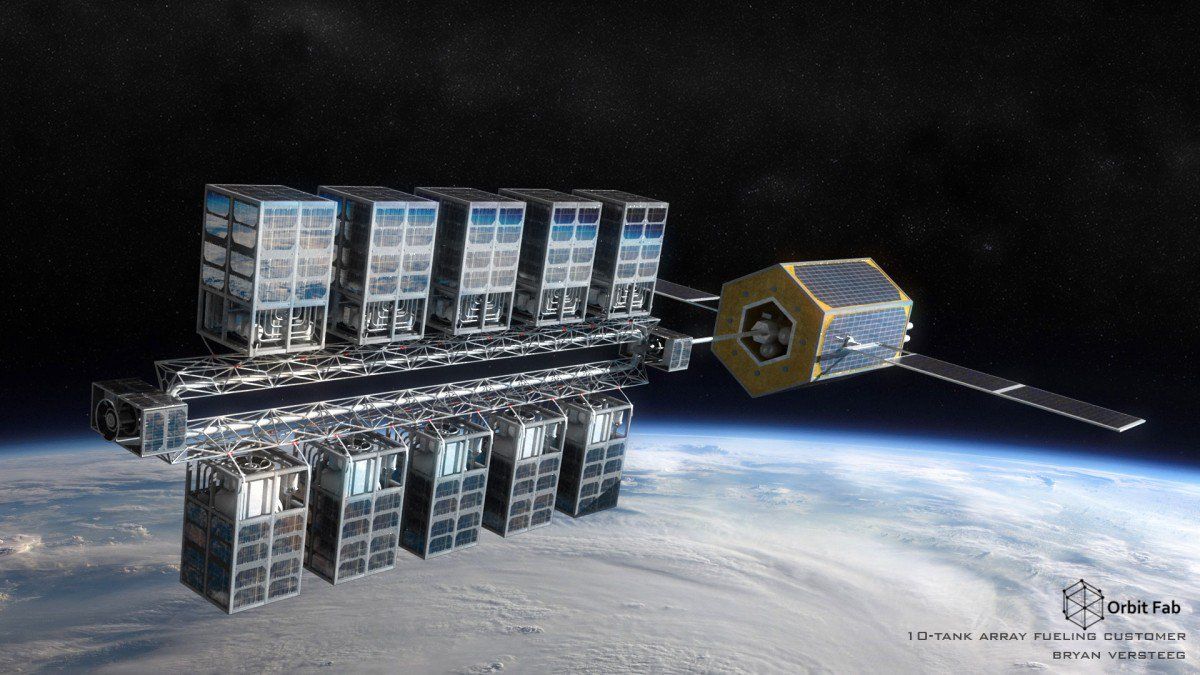
A startup is about to test a ‘gas station in space’ that could one day refuel satellites
Fuel is heavy. And when launching a satellite into space, the amount of fuel you give it determines how long it can stay operational. That is, unless you can refuel at a space gas station.
The news: Startup Orbit Fab is scheduled to launch an experiment to the International Space Station on board a SpaceX Dragon cargo mission tomorrow at 1:38pm EST. Its goal is to test the company’s method of fluid transfer in space. It’ll be launched alongside other scientific experiments to be performed by astronauts on board the station in collaboration with the ISS US National Lab.
The challenge: Refueling and repairing satellites in space requires some expert wrangling, as well as well as the launch of large quantities and types of fuel into orbit. Also, pumping new fuel into a satellite doesn’t work in microgravity the way it does on Earth. Fluids are harder to measure and float around their tanks unpredictably.

35 Incredible Images of Earth’s Mountains and Volcanoes From Space
Mountains and volcanoes are some of the most fascinating geological formations on Earth — and scientists and adventurers alike can’t get enough of them. Not a lot of us will get a first-hand look at what the planet’s tallest peaks and ranges look like from their summits, but thanks to the photos taken by NASA satellites in orbit and camera-wielding astronauts in space, they are visible as they never would be to the naked eye — hundreds of miles above the Earth.
Click through the slideshow to see stunning images of the Earth’s mountains and volcanoes — from Mount Everest and the Himalayas to the volcanoes of Hawaii and the snow-covered peaks of the Rocky Mountains — captured from space.
Watch SpaceX Attempt Its Wickedly Complex Satellite Launch
With more than 60 satellites jammed in for the ride, a Falcon 9 rocket will get used a third time, fulfilling one of Elon Musk’s standing promises.
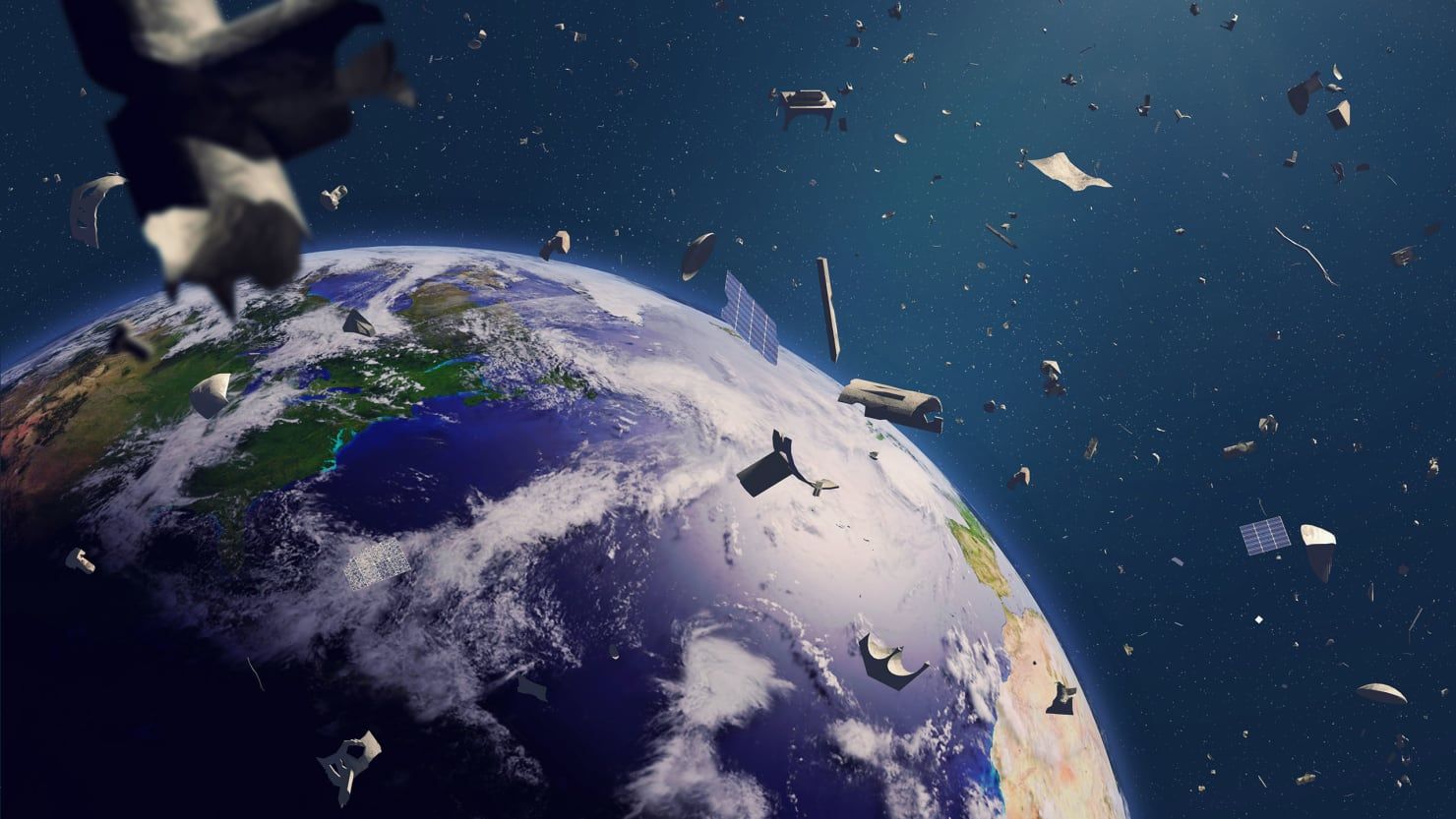
The Hidden Danger of Cleaning Up Our Space Junk
As an international relations scholar who studies space law and policy, I have come to realize what most people do not fully appreciate: Dealing with space debris is as much a national security issue as it is a technical one.
Considering the debris circling the Earth as just an obstacle in the path of human missions is naive. As outer space activities are deeply rooted in the geopolitics down on Earth, the hidden challenge posed by the debris is the militarization of space technologies meant to clean it up.
To be clear, space debris poses considerable risks; however, to understand those risks, I should explain what it is and how it is formed. The term “space debris” refers to defunct human-made objects, relics left over from activities dating back to the early days of the space age. Over time that definition has expanded to include big and small things like discarded boosters, retired satellites, leftover bits and pieces from spacecraft, screwdrivers, tools, nuts and bolts, shards, lost gloves, and even flecks of paint.
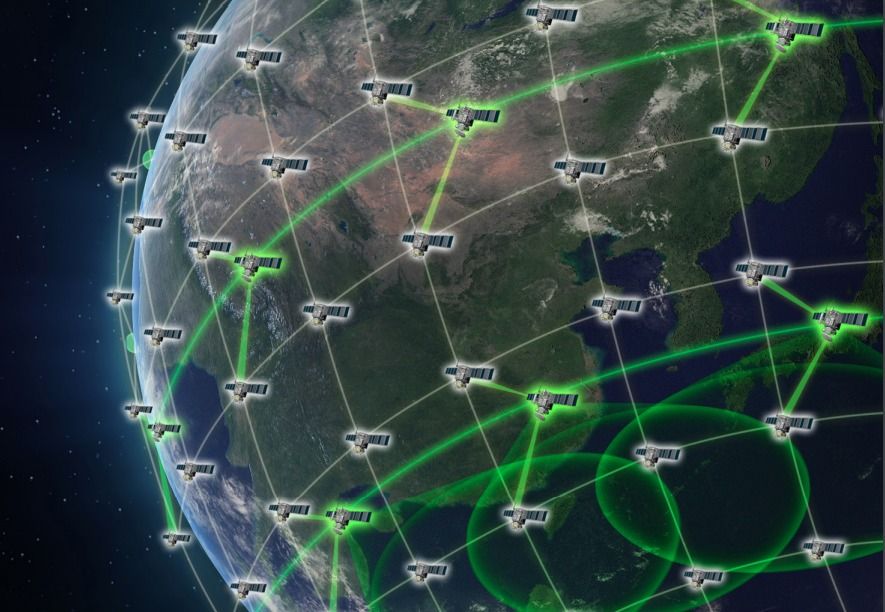
Telesat wins study contract for DARPA’s experimental constellation
WASHINGTON — The Defense Advanced Research Projects Agency has awarded satellite operator Telesat a contract to study the use of commercial buses in the agency’s experimental low-Earth-orbit constellation program known as Blackjack.
Telesat of Ottawa, Canada, is the third company to receive a study contract for Blackjack, a DARPA demonstration mission that envisions deploying 20 satellites — each carrying one or more payloads. DARPA’s goal is to find lower cost alternatives to traditional military satellites. DARPA aims to pay no more than $6 million per satellite, including launch. European satellite manufacturer Airbus Defence and Space and small satellite manufacturer Blue Canyon Technologies of Boulder, Colorado, received similar contracts over the past four weeks.
Telesat’s contract, which the company announced Nov. 27, is a 12-month study to assess the utility of Telesat buses as the company refines its plans for a constellation of roughly 300 small, broadband satellites. Telesat has yet to select a manufacturer for its satellites. Two contenders, Airbus Defence and Space and a team formed by Thales Alenia Space and Maxar Technologies, are competing to build an unspecified number of satellites. Michael Schwartz, Telesat’s senior vice president of corporate and business development said the company still plans to down select a manufacturer in the spring.
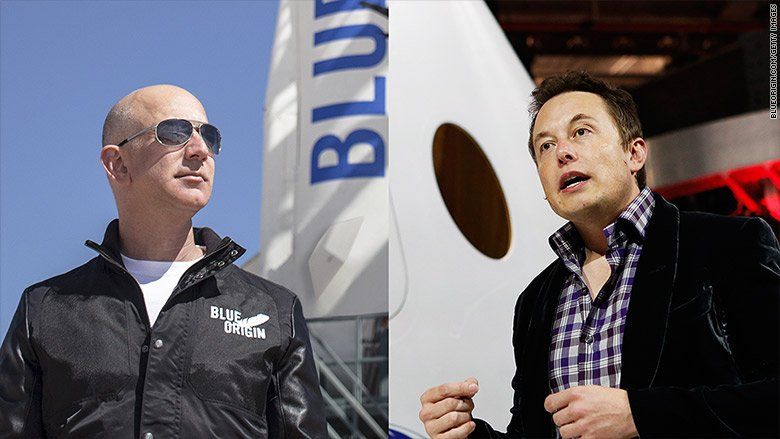
Bezos and Musk Will Both be Trillionaires in the Space Internet Age
There are huge multi-trillion dollar opportunities developing with Space and the further evolution of the internet.
Space launch and space satellites were already a $300 billion per year industry. Cloud Computing is a $200 billion market in 2018. Global Internet services is a $600 billion market. The Global IT market is nearing $5 trillion in size. The global Auto industry is $2 trillion in size. The Global supply chain industry is $40 trillion in size.
Space launch, Internet and communication, Internet of Things, Space mining, Space Colonization will each become future multi-trillion markets. Those that are already trillion dollar markets will become even larger.
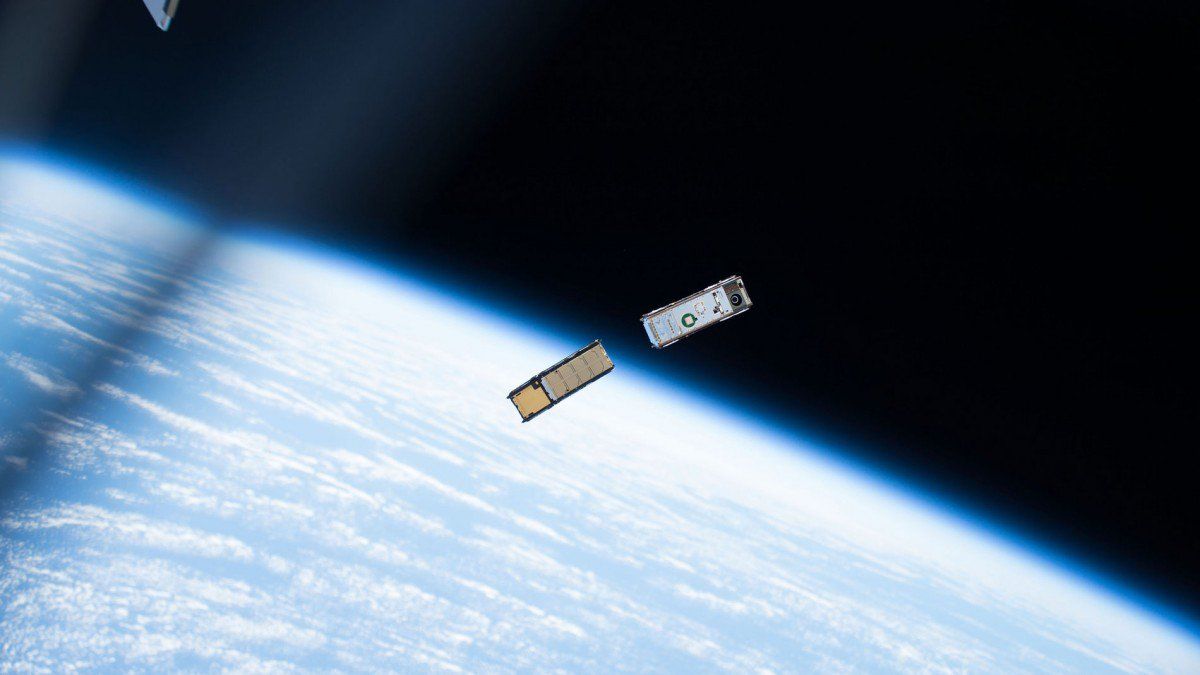
Amazon is launching pay-as-you-go cloud computing in space
Ground control to major Jeff (Bezos).
Amazon Web Services (AWS), the company’s cloud computing arm, just announced a new offering aimed at satellite operators.
The news: At its annual re: Invent conference in Seattle this week, the web giant unveiled a service that lets owners of satellites rent time on Amazon-managed ground stations to send and receive data from orbit. The service, called AWS Ground Station, works in much the same way as Amazon’s well-established business for tapping computing capacity via the cloud.
Ground control … According to an AWS blog post, big businesses with a large number of satellites typically build and operate their own ground stations at a cost of a million dollars or more for each one. Smaller companies that can’t afford their own often end up signing inflexible, long-term contracts with third parties that own and run such stations.
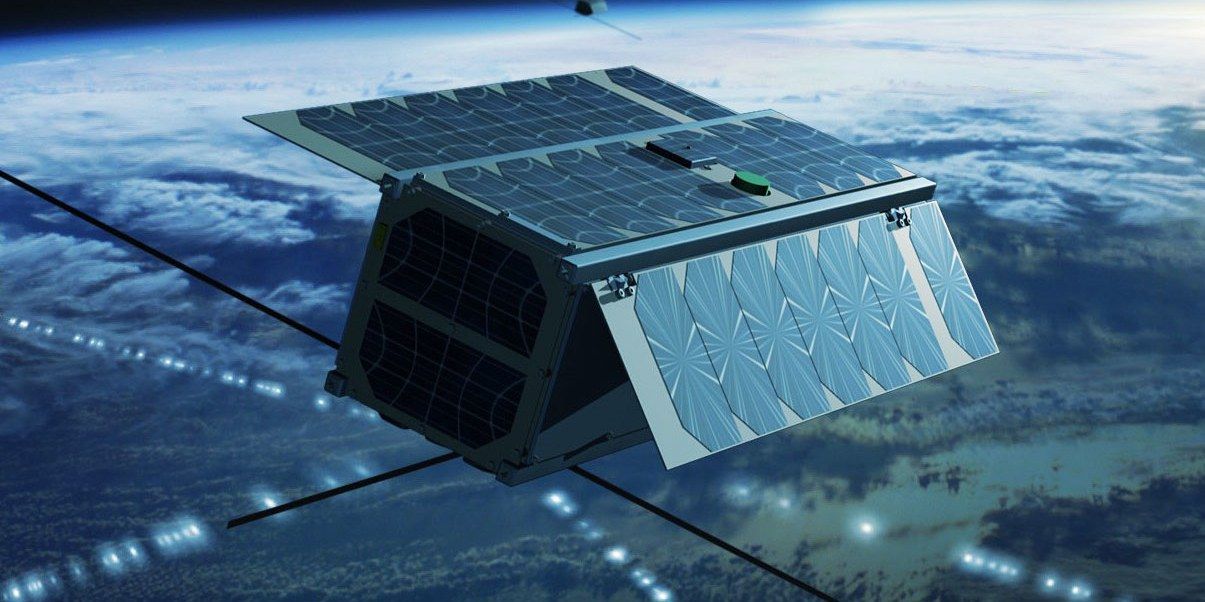

Ethiopia to launch its first-ever satellite with China’s help
Really?
Ethiopia has announced its intention to launch its first satellite during 2019. According to the Ethiopian Space Science and Technology Institute (ESSTI) at the Addis Ababa University, the satellite is expected to be launched from China during September 2019.
The initial plans to launch the satellite were announced in 2016 at the same time the Ethiopian Council of Ministers approved the establishment of ESSTI.